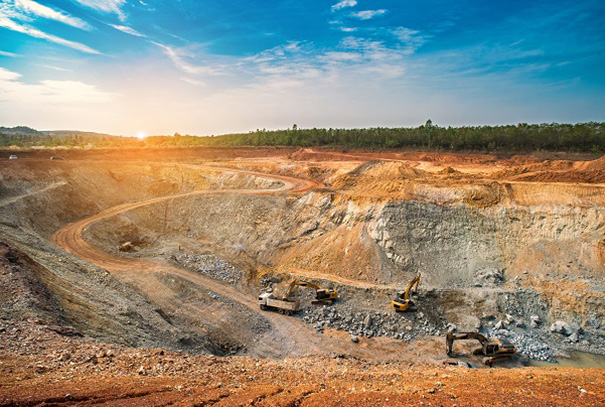
Mines and minerals ownership or rights relating to those can cause issues for property owners and developers. If a third party has rights to mine the minerals under the land that you own, they can claim against a property owner / developer, potentially causing delays to development, or even total loss of the asset.
The issues generally arise when laying new foundations, as this can be seen as trespassing on a third party’s minerals. If a third party does allege trespass and the claim goes to court, there are several possible outcomes:
1. Damages – damages can be awarded by a court in the event of trespass. This can be calculated in numerous ways:
- Has the developer / property owner profited from the trespass? If so, a share of that profit can be awarded.
- Even if the mines and minerals owner has not suffered a financial loss, a nominal damages claim may be successful.
- Damages are more likely to be awarded for past trespass, where there is a property already on the land, and which has been there for a number of years.
2. Injunction – injunction is an equitable remedy and may cause significant loss to a developer, particularly if works have already begun. A number of factors can be taken into consideration when courts are deciding on this:
- Conduct of the developer – were active and positive consultations undertaken with neighbours?
- The severity of the trespass and loss to the mines and minerals owner.
When it comes to assessing the risk of a mines and minerals owner making a claim, there are certain things that you can do to mitigate risks, including:
- Undertaking a mines and minerals search.
- Engaging your lawyers early to fully review the title documents to see if mines and minerals are reserved, or excepted.
- Retrieving all associated documents. Can the reservations, transfer of rights and ownership of the mines and minerals be found? Given the historic nature of these documents, they can be difficult to find.
- Researching and understanding the geology of the area, and the potential type of commodity. For example, in coal mining towns, this may present increased risk as the value of the mines and minerals may be higher.
- Reviewing the period that your property has been there or a previous property. Could adverse possession be an argument if there has been a property there for many years?
Solutions
There are a number of solutions available to mitigate the risk of mines and minerals. One such solution is to approach the mines and minerals owner (if known) and negotiate a release of their rights to the site – although this can sometimes be problematic.; you cannot ensure that they will necessarily want to negotiate a release and may even go so far as to ‘ransom’ the land to prevent a build progressing in order to secure a higher damages / compensation figure. An approach to a mines and minerals owners is likely to invalidate any insurance or risk insurance not being provided as this compounds the insurer’s risk and limits their control over the outcome of a claim.
The second option is to put a mines and minerals insurance policy in place. This is designed to cover costs relating to a third party claim, including, but not limited to legal fees, damages payments, and demolition costs.
In order to get a quotation for this cover, we require the following information:
- Copy of the title and any due diligence that has been undertaken.
- Limit of indemnity – usually the market value or gross development value of the property.
- Confirmation that there have been no approaches with regard to mines and minerals.
- Confirmation as to whether this will be pre-planning or post planning.
If you already have a claim or a dispute, there is also scope to potentially provide a bespoke policy that could allow protection for future tenants, particularly if there is an ongoing claim and the property has reached practical completion. This allows a property to be let in the event that a claim is ongoing by ensuring that the tenant is covered for their costs of fit out and future cost of alternative accommodation if needed.
Please get in touch if you have any questions.
Conditions and Limitations
This information is not intended to constitute any form of opinion or specific guidance and recipients should not infer any opinion or specific guidance from its content. Recipients should not rely exclusively on the information contained in the bulletin and should make decisions based on a full consideration of all available information. We make no warranties, express or implied, as to the accuracy, reliability or correctness of the information provided. We and our officers, employees or agents shall not be responsible for any loss whatsoever arising from the recipient’s reliance upon any information we provide and exclude liability for the statistical content to fullest extent permitted by law.


